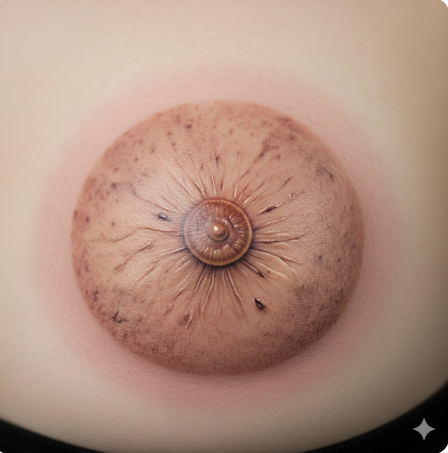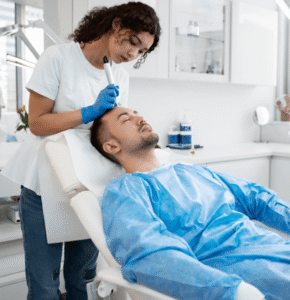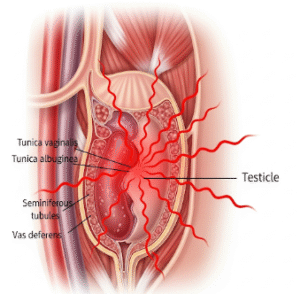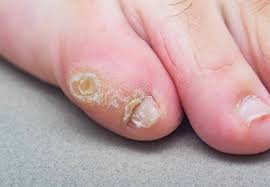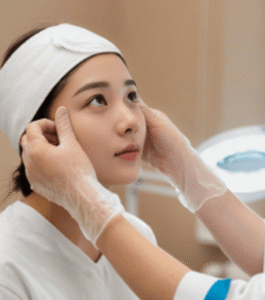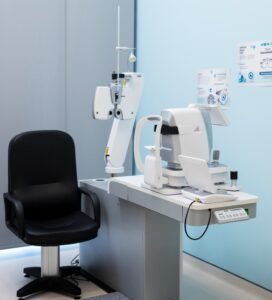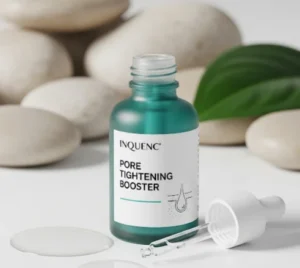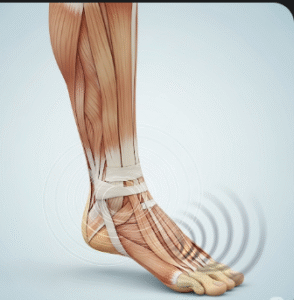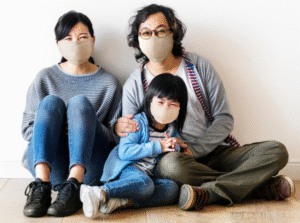What It Is
Areola tattooing (medical micropigmentation) is a procedure that recreates or enhances the areola’s color, shape, and definition using specialized pigments and tattooing techniques. It is most commonly performed after breast reconstruction, breast reduction, or nipple reconstruction, or to correct faded or irregular areolas.
In Korea, medical areola tattooing is performed by certified paramedical tattoo specialists and plastic surgeons, often using 3D shading techniques for natural realism. It can be done alone or in combination with surgical nipple reconstruction.
Why It’s Done
Patients choose areola tattooing because:
- They have lost areola color or shape after mastectomy or reconstruction.
- Their areolas are asymmetrical, faded, or too light.
- They want to enhance the overall appearance of their breasts after surgery.
- It provides a non-surgical finishing touch for more natural results.
Good candidates include:
- Breast cancer survivors after reconstruction.
- Patients with faded or irregular areolas due to surgery, trauma, or genetics.
- Individuals seeking cosmetic enhancement of their natural areolas.
Alternatives
- 3D nipple reconstruction surgery: Builds nipple projection, sometimes combined with tattooing.
- No reconstruction: Some patients choose to leave the chest without tattooing.
- Temporary tattoos or makeup: Provide short-term cosmetic results.
Preparation
Before medical areola tattooing in Korea, patients will:
- Undergo a consultation to select pigment color, shape, and size.
- Discuss whether tattooing will be combined with nipple reconstruction.
- Avoid blood-thinning medications and alcohol before the procedure.
- Ensure that any surgical scars are fully healed before tattooing (typically 3–6 months after surgery).
How It’s Done
- Anesthesia: Topical anesthetic cream is applied for comfort.
- Design: The areola size, shape, and color are drawn and approved by the patient.
- Tattooing: Medical-grade pigments are tattooed into the skin using fine needles, with shading to mimic natural areola appearance.
- Duration: 1–2 hours, usually outpatient.
Recovery
- First week: Mild redness, swelling, and scabbing may occur.
- Healing: Most patients heal within 1–2 weeks.
- Color settling: Pigment lightens slightly over 4–6 weeks.
- Touch-ups: A follow-up session may be required for best results.
Possible Complications
- Uneven fading or pigment loss requiring touch-ups.
- Infection (rare, minimized with sterile technique).
- Allergic reaction to pigments (uncommon with medical-grade inks).
- Asymmetry if not carefully planned.
Treatment Options in Korea
Diagnosis
Korean specialists use color-matching techniques, 3D simulations, and medical evaluation to design the most natural areola tattoo.
Medical Treatments
- Temporary solutions like cosmetic makeup or stick-on areola prostheses.
Surgical or Advanced Therapies
- Medical areola tattooing for color and definition.
- 3D nipple reconstruction with tattooing for complete natural results.
- Revision tattooing for patients with faded or irregular prior tattoos.
Rehabilitation and Support
- Scar and pigment care during healing.
- Long-term touch-ups if pigment fades over the years.
- Psychological and emotional support, especially for breast cancer survivors.
- International patients benefit from Korea’s expert medical tattoo artists, advanced pigment technology, and holistic aftercare programs.

